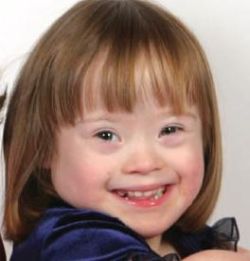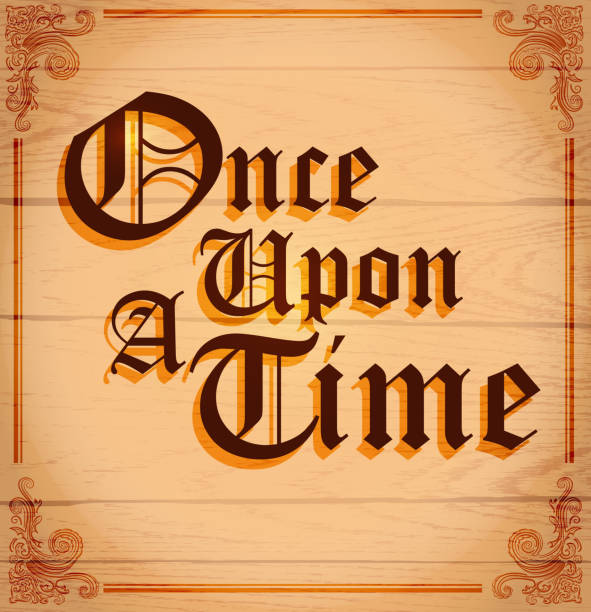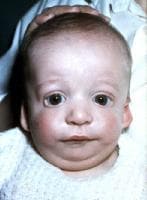
Assessment and Treatment of Non-Verbal Language Disorder (NVLD) in Speech Language Pathology



 Today’s guest post on genetic syndromes comes from Rachel Nortz, who is contributing a post on the Down Syndrome.
Today’s guest post on genetic syndromes comes from Rachel Nortz, who is contributing a post on the Down Syndrome.
Down Syndrome is a genetic disorder that is characterized by all or part of a third copy of the 21st chromosome. There are three different forms of Down syndrome: trisomy 21, translocation, and mosaicism. Trisomy 21 is the most common form of Down syndrome. This occurs when the 21st chromosome pair does not split properly and the egg or sperm receives a double-dose of the extra chromosome. Translocation (3-4% have this type) is the result of when the extra part of the 21st chromosome becomes attached (translocated) onto another chromosome. Mosaicism is the result of an extra 21st chromosome in only some of the cells and this is the least common type of Down syndrome. Continue reading Spotlight on Syndromes: An SLPs Perspective on Down Syndrome
 Many young children develop speech skills within a wide range of time and with different capabilities. However, by a certain point, most children have begun to learn how to speak and communicate effectively. Of course, when parents notice that their child isn’t keeping up with other children, they worry. While most children develop appropriately given enough time, some children do experience issues with speech-language development.
Many young children develop speech skills within a wide range of time and with different capabilities. However, by a certain point, most children have begun to learn how to speak and communicate effectively. Of course, when parents notice that their child isn’t keeping up with other children, they worry. While most children develop appropriately given enough time, some children do experience issues with speech-language development.
Delays in speech development are caused by a variety of reasons, so it is important to understand what these potential causes are, as well as why a thorough, professional evaluation may be needed for some children. Too often parents, relatives, neighbors, and school officials believe they know for sure that something is off, but in fact, their guesses may be dead wrong. Instead, accurate diagnosis of speech-language problems requires a thorough evaluation by trained professionals and includes testing of both speech-language and hearing to determine the root cause of any potential problems. Continue reading Guest Post: 10 Common Causes of Pediatric Speech and Language Problems

As mentioned previously, for elicitation purposes, I frequently use the books recommended by the SALT Software website, which include: ‘Frog Where Are You?’ by Mercer Mayer, ‘Pookins Gets Her Way‘ and ‘A Porcupine Named Fluffy‘ by Helen Lester, as well as ‘Dr. DeSoto‘ by William Steig. Continue reading Analyzing Narratives of School-Aged Children



Social media forums have long been subject to a variety of criticism related to trustworthiness, reliability, and commercialization of content. However, in recent years the spread of misinformation has been steadily increasing in disproportionate amounts as compared to the objective consumption of evidence. Facebook, for example, has long been criticized, for the ease with which its members can actively promote and rampantly encourage the spread of misinformation on its platform.
To illustrate, one study found that “from August 2020 to January 2021, misinformation got six times more clicks on Facebook than posts containing factual news. Misinformation also accounted for the vast majority of engagement with far-right posts — 68% — compared to 36% of posts coming from the far-left.” Facebook has even admitted in the past that its platform is actually hardwired for misinformation. Nowhere is it easier to spread misinformation than in Facebook groups. In contrast to someone’s personal account, a dubious claim made even in a relatively small group has a far wider audience than a claim made from one’s personal account. In the words of Nina Jankowicz, the disinformation fellow at the Wilson Center, “Facebook groups are ripe targets for bad actors, for people who want to spread misleading, wrong or dangerous information. “
Continue reading In Search of Evidence in the Era of Social Media Misinformation Today’s guest post on genetic syndromes comes from Amy Locy, who is contributing an informative piece on the Treacher Collins Syndrome (TCS). TSC occurs in 1 out of every 50,000 live births with 40% of children born with TCS having a family member with the syndrome. TCS is distributed equally across genders and races. It can often occur in conjunction with the Pierre Robin Sequence.
Today’s guest post on genetic syndromes comes from Amy Locy, who is contributing an informative piece on the Treacher Collins Syndrome (TCS). TSC occurs in 1 out of every 50,000 live births with 40% of children born with TCS having a family member with the syndrome. TCS is distributed equally across genders and races. It can often occur in conjunction with the Pierre Robin Sequence.
Developmental Anomalies
There are many developmental anomalies associated with TCS that are restricted to the head and neck and vary from person to person. Continue reading Spotlight on Syndromes: an SLPs Perspective on Treacher Collins
